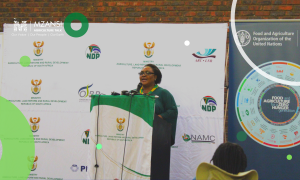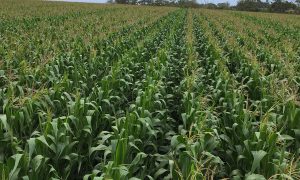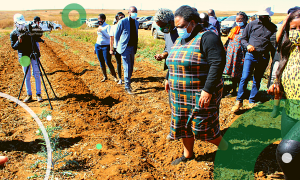Poverty and inequality rank amongst the factors risking the social and economic stability in South Africa. The agricultural sector is often characterised as one of the most untransformed sectors of the economy. The South African government has been attempting to deal with the real meaning of transformation in the agricultural sector, through its programmes and interventions.
South Africa’s agricultural economy is described to have a dual feature, with both well-developed commercial farming and more smallholder and subsistence-based production. Commercial farmers produce majority of South Africa’s agricultural output and have access to resources like capital, land, water and markets. It is this gap of inequality, between commercial and smallholder, that government has been attempting to bridge through its interventions.
The Marketing of Agricultural Product Act (47) of 1996 provides for the introduction of statutory measures (inclusive of levies, registrations and record & returns) on agricultural products. These statutory levies are collected by 18 industries (that apply and meet all the conditions) within the sector and approved by the Minister of Agriculture, Land Reform and Rural Development. One of the conditions of approval, is that at least 20% of the levies collected, must be spent on transformation activities within that particular industry.Currently, the industries collecting statutory levies, collect approximately R640million, of which about R120 million is spent on transformation.
In addressing the above challenges, transformation guidelines have been developed to guide the levy administrators on a constructive way of utilizing the 20% portion of the levy funds meant for transformation.These guidelines mainly indicate that at least 60% of the spent-on transformation, should be spent on enterprise development. This entails assisting smallholder farmerswith, inputs, production infrastructure, soil preparation, purchase of vaccines, ect. However, this is often confronted with the fact that the 20% levy income meant for transformation in some industries is often not sufficient, to address the mainstream participation by smallholder and cost of entry in certain industries.
This is evident with some industries 20% spent on transformation being around R400 hundred thousand annually and others being around R20million annually. In this regard, there is a need to acknowledge that strategic partnerships between public and private sectors are essential for the advancement of the previously marginalized individuals (smallholder in this instance). This has been case in some industries, where the private sector, has partnered with government to fund transformation projects in the agricultural sector.This approach can use the model, of the Australianstatutory levies system, where government matchesindustry on a Rand for Rand basis to fund research. It is, therefore, imperative that government and industriesmust play a major role in the development of smallholder farmers, so that they participate in the main stream economy.
By: Dr Ndumiso Mazibuko is an Economist




















